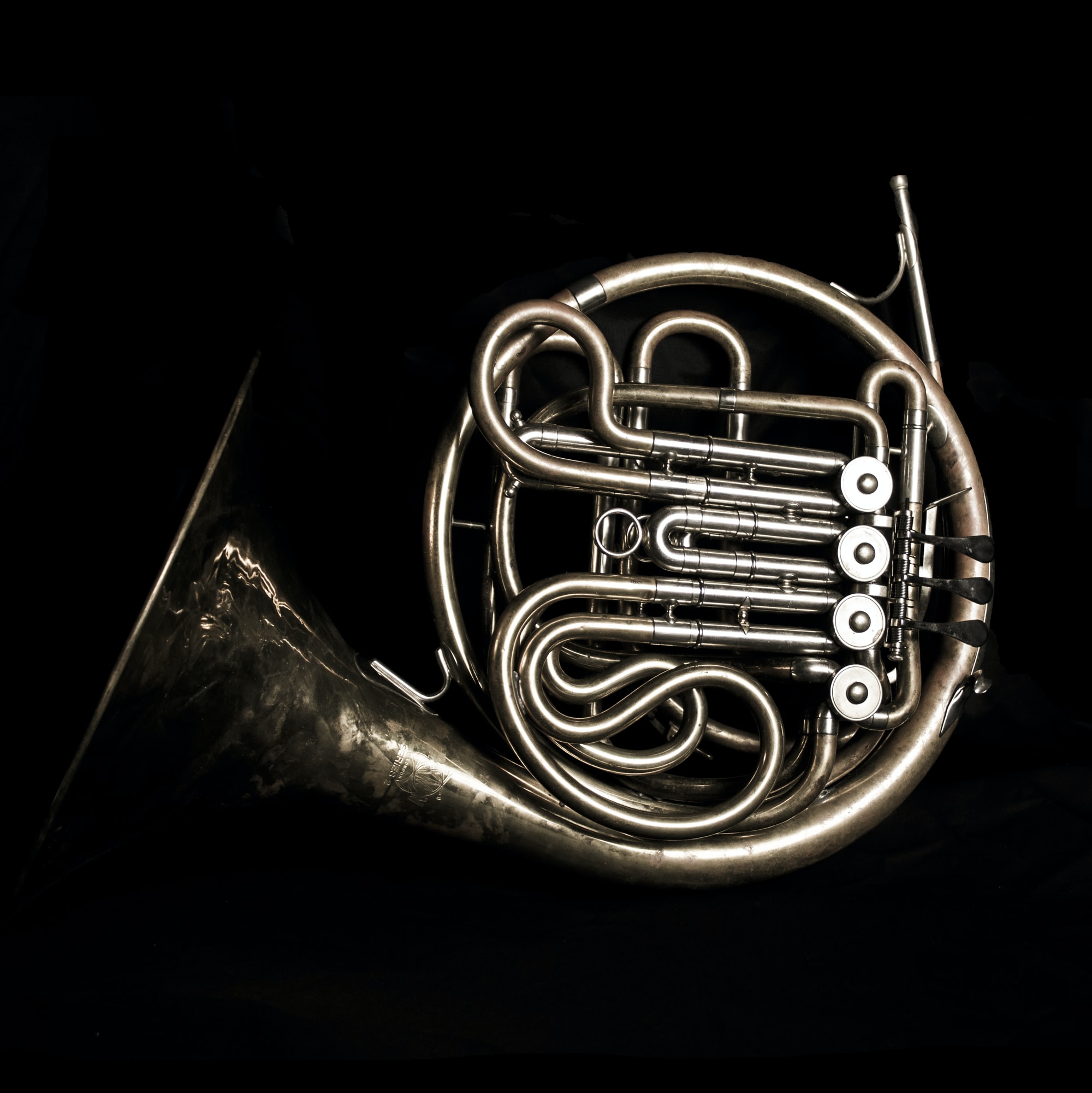
Denis Wick make french horn mouthpieces with wider rims, which are probably the best option. Kelly make a plastic “MC” model which is not as deep as most horn mouthpieces and has quite a comfortable rim. There are a couple of mouthpieces on the market which have more forgiving rims. Generally speaking, if you play on a larger trumpet mouthpiece (3C or bigger) you will find it easier to use a horn mouthpiece. Horn mouthpieces typically have narrower rims than trumpet mouthpieces and can be difficult to switch to. These can be found quite easily for £150 to £200 in better condition than mine.įrench Horn Mouthpieces for Trumpet Players It produces a nice tone and is not too difficult to blow. For a while they were sold by Paxman with their name on them as a student horn and lots of good players learned on them. Its a well made horn and they are quite well respected.

After a couple of years I paid £120 to have it serviced and this has improved it considerably. The price included a brand new, good quality, leather carrying case so it was a real bargain. It's a former school instrument I bought on Ebay for £75. The horn I use is an Anborg Bb/F cdouble compensating horn made in Italy in the 1980’s.
FRENCH HORN RANGE FULL
These should be avoided by adults as they don't play the full range of required notes. However, a lot of these are now “mini horns” wrapped up smaller and usually only in Bb. For this reason a good student horn is probably the logical option. Here is a link to a french horn fingering chart:įrench Horn Instrument Choices for the Trumpet PlayerĪny trumpet player wanting to double presumably doesn’t want to spend a lot of money or end up with a horn that is too hard work to play. This requires slightly different valve fingering, but improves security. On a double french horn, holding down the fourth valve switches to different, shorter, main and valve tuning slides pitched in Bb (higher than the F horn). It is completely different to the fourth valve on a four valve trumpet or euphonium. This is where the Bb side of a double horn comes into play. Once you have got this into your head and dealt with the pitching issues you will realise how hard the upper register can be. The valve fingering for the french horn in F is the same as for a Bb trumpet but one octave apart, so a D just below the stave is played 1st valve not 1 and 3, just like the fourth line D on the trumpet. The notes are very close together and its easy to misspitch or hit the note out of tune. The sound can get very squirrely and hard to control above G because the horn is played in its upper partials like a natural trumpet. This is tough for any trumpet player to emulate so what I have done is develop a solid mid range from around bottom C (concert F) up two octaves to the C on the ledger line. This means that orchestral horn parts range from the very high parts in the Bach Brandenburg Concerto No 1 to the booming tuba like sounds in the romantic German repertoire. The french horn is a very long instrument with a far larger range of notes than the trumpet (around five octaves compared to the trumpet’s usual three). Usually these instruments are called “tenor cors”. There are American horns with the valves on the right but these are usually piston valved and pitched in high Eb or F - the same pitch as a brass band tenor horn, so they are not true french horns. The first valve horns were natural horns with removable valve sections so they put them on the left. The reason is arcane - the original natural horn needed stopped with the right hand and most people are right handed. It is the only brass instruments with the valves that way.

The first problem that any trumpet player will have with the french horn is that the valves are played with the left hand.


Transposition is similar to the standard ones used on the trumpet. The advantage of being able to play the horn well enough for the simpler parts is that I get to play in orchestras that play repertoire that has no trumpet parts. This got me thinking about the possibilities of doubling and as the years have gone on I have tried various combinations of instruments and mouthpieces. Many years later I was playing in a theatre production where the first trumpet player was getting a doubling fee for cueing in a missing french horn part. Although I have been playing the trumpet for over twenty years my first instrument was french horn which I played from the ages of 10 to 14 before switching to euphonium and then trumpet when I was 19.


 0 kommentar(er)
0 kommentar(er)
